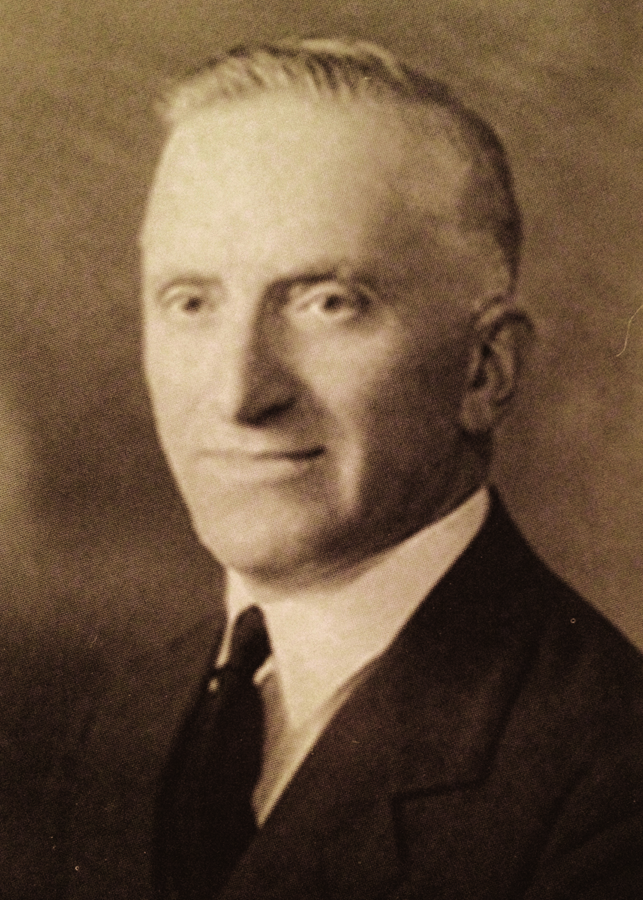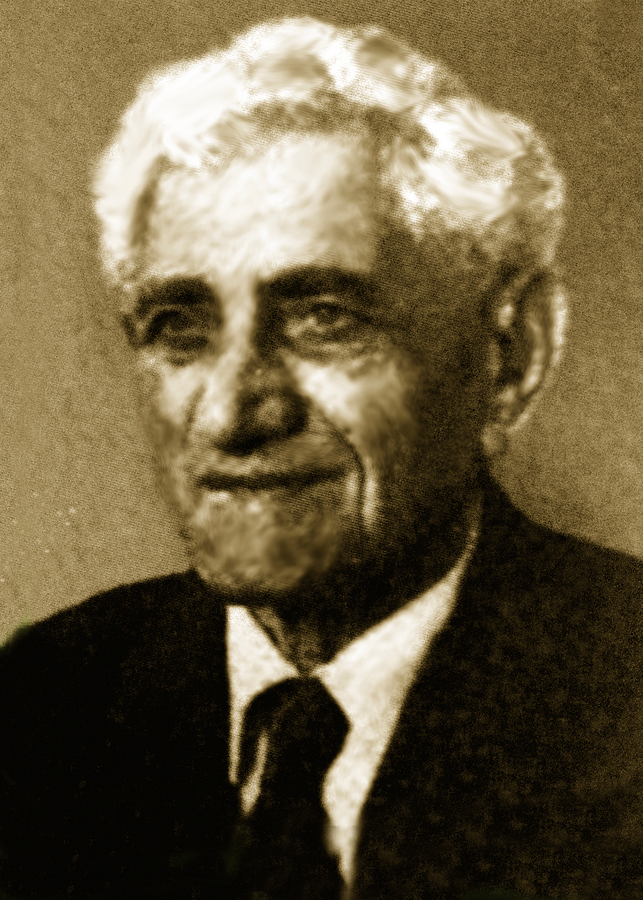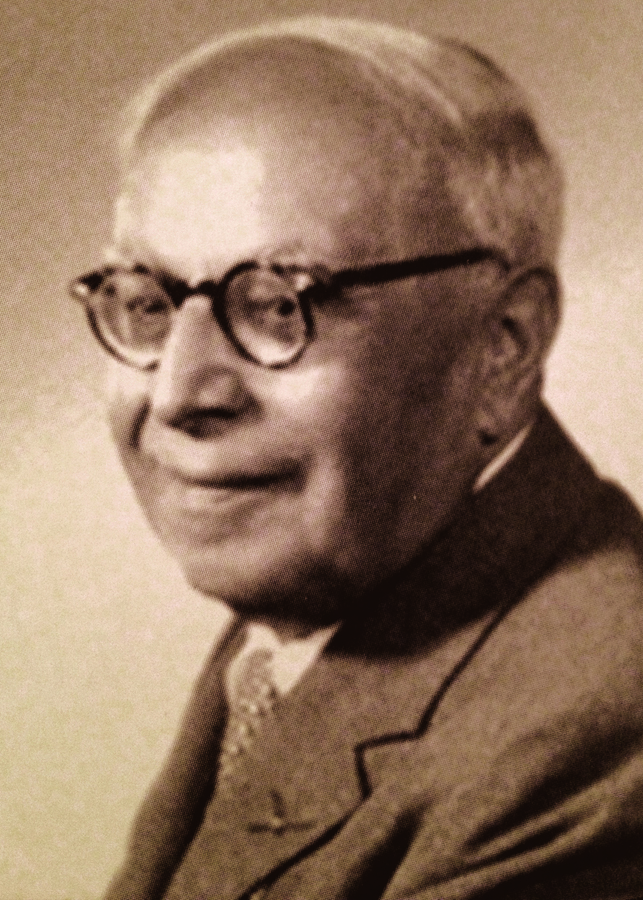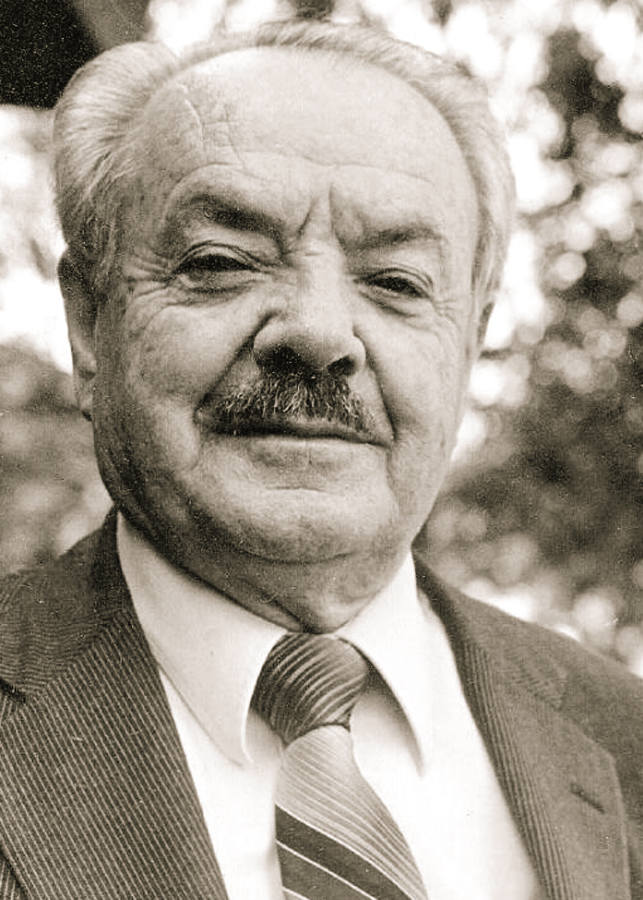Historical Background of Christianity and the Armenian People
Christianity came to Armenia in the first century A.D. Tradition tells us about the Apostles Thaddaeus and Bartholomew having preached in Armenia. In 301 A.D. the Armenian King Dertad became Christian and proclaimed Christianity as State religion for the first time in history.
In the year 551 A.D. the Armenian Church separated itself from the rest of Christendom and became an independent national church with its own liturgy, doctrine and hierarchy, headed by the Catholicos, Supreme Bishop of all Armenians.
In the course of time many foreign elements found their way into the practice and liturgy of the Armenian Church. Many attempts had been made to bring about reform. They had not been successful. In the early part of the nineteenth century the Peshtimaljian Seminary was opened in Istanbul, Turkey, to prepare new clergymen who hopefully could bring reform. Just at that time American Congregational missionaries arrived in Istanbul and they were welcomed by the Armenian Patriarch and the seminary president. However, the Patriarch changed his mind, dispersed the students and drove out the missionaries. The reform minded believers were deprived of their civil rights and persecuted mercilessly. This was the beginning of the Armenian Evangelical Church, instituted on July l, 1846, in Istanbul Turkey.
In 1914 came the horrors of the First World War which shook the world. The Armenians were uprooted from their homes, lands and experienced the First Genocide of the 20th Century perpetrated by the Turks. Out of three million Armenians, a million and half were annihilated. The survivors took refuge in some countries of Europe, others in Russia, in the Arab countries and some in North and South America.
–by Rev. Harry Missirlian
The Story of Our Church (Introduction)
pilgrimchurch.com

Levon Shahbaghlian
In the early 1920s, Armenian families in Los Angeles, many of whom had recently moved to the area from the East Coast of the United States, started hosting prayer and Bible study meetings in their homes. It is difficult to imagine that at the time there were no established Armenian congregations with regular services in the L.A. area. Two individuals, Levon Shahbaghlian and Dikran Tarpinian sensed a call from the Lord to start a new fellowship and met together regularly to pray and plan for starting a new local church. Shahbaghlian, Tarpinian and other individuals started to organize the nucleus of this new fellowship. Levon Shahbaghlian would continue to serve in multiple capacities within the church and serve alongside all pastors, out-living many of them, until he was called to his heavenly home at the ripe age of 104.

Dikran Tarpinian
The church gathered in private homes for a time and as they grew in number, they moved their Sunday meetings to a mortuary on Main Street, which they rented for $20.00 a month. Later, they moved to an old YMCA building and organized under the leadership of Rev. Eflatoon E. Elmajian.
During this time Rev. Elmajian’s trilingual (and later bilingual) hymnal was completed and published. This Spiritual Hymns for Worship hymnal would later simply be known as “The Elmajian” and be used in congregations that soon started in neighboring cities and later overseas as well as in Armenia.
Their time at the YMCA did not last long, when around 1928 numerous families moved to the Los Angeles area from Philadelphia as well as the Near East. For the next three years they rented space for worship services from a local Seventh Day Adventist Church.
Rev. E. E. Elmajian
Rev. Peter Agulian
Rev. John Mark
Rev. Nerses Sarian
Rev. Vahram Touryan

Early church conference. The couple seated on the front row of adults towards the left are Levon and Baidzar (Bright) Shahbaghlian.
In 1931, the congregation organized under the name Armenian Gospel Mission. Its mission was now more than just a place to meet and worship, but rather to support missions to take the gospel of Christ abroad. Rev. Elmajian continued to serve as pastor of the church for the next seven years after which Rev. Peter Agulian was called to take on the pastoral responsibilities. The membership and attendance grew to about 120 people and the congregation started to look for the possibility of purchasing their own place of worship instead of renting again. Rev. Agulian and Levon Shahbaghlian began searching for properties with plans to build their own church. In 1945, they found a property on the corner of London Street and Silver Lake Boulevard and the church purchased it for $3,900. It was an exciting time for everyone.
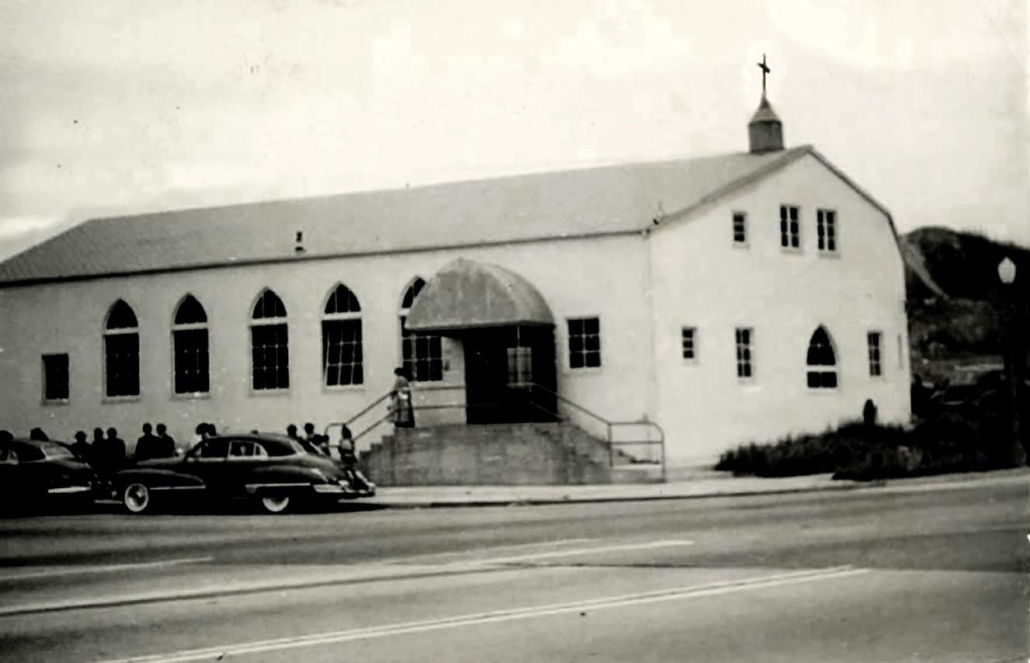
The church building at 3200 London Street circa 1950s.
The construction of the new church was done largely by members working together to build their new home and was completed in 1949. The same year the Hollywood Freeway started construction (part of the Historic U.S. 101). The completed freeway was built near the new church with an exit right onto Silver Lake Blvd., making the new location convenient to future commuters. Most of the new structure consisted of the Sanctuary with offices on either side of the stage. The original building had a restroom and a staircase leading up to a second floor with small rooms that would later be used for Sunday school. The original plans included a subterranean level to be used as a fellowship hall; however, due to financial constraints those plans were scrapped. Three months after the construction of the building, Rev. Agulian passed away.
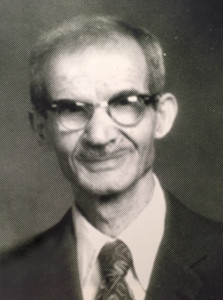
Baghdasar Ajemian
While many of our early pastors served together during the same years, after Rev. Agulian’s passing, Rev. John Mark Galustyan assumed the pastoral responsibilities in 1951. John Mark was a prominent pastor, theologian, apologist and evangelist. The church was his home base for mission work as well. While living in Los Angeles, he would reside upstairs on the second floor. The church would also fund his many missionary trips abroad where he preached the gospel of Jesus Christ around the world. John Mark’s book, God’s Plan for Salvation, is an extensive work on God’s redemptive work toward mankind through the ages.
From 1954 until 1958 Rev. Nerses Sarian who had emigrated from Damascus, served the church with distinction. His book, I Shall Not Die is a powerful first-hand encounter of the Armenian Genocide and an amazing story of faith. After Rev. Sarian’s tenure, the church was left without a pastor for a period of time. After a few years, Rev. Vahram Touryan who was a pastor of the Armenian Evangelical Brethren Church in Pasadena was invited to preach from time to time at the Silver Lake Church. Overall attendance began to decline over the the next several years. Young people left the church and there was no Sunday School ministry for a time. Rev. Touryan would preach once a month and administer communion to the dwindling congregation. During his tenure the church was renamed Armenian Evangelical Brethren Church in 1959. Armenian Gospel Mission was re-eestablished in 1970 by Rev. John Mark as a relief organization to meet the needs of impoverished Armenians around the world.
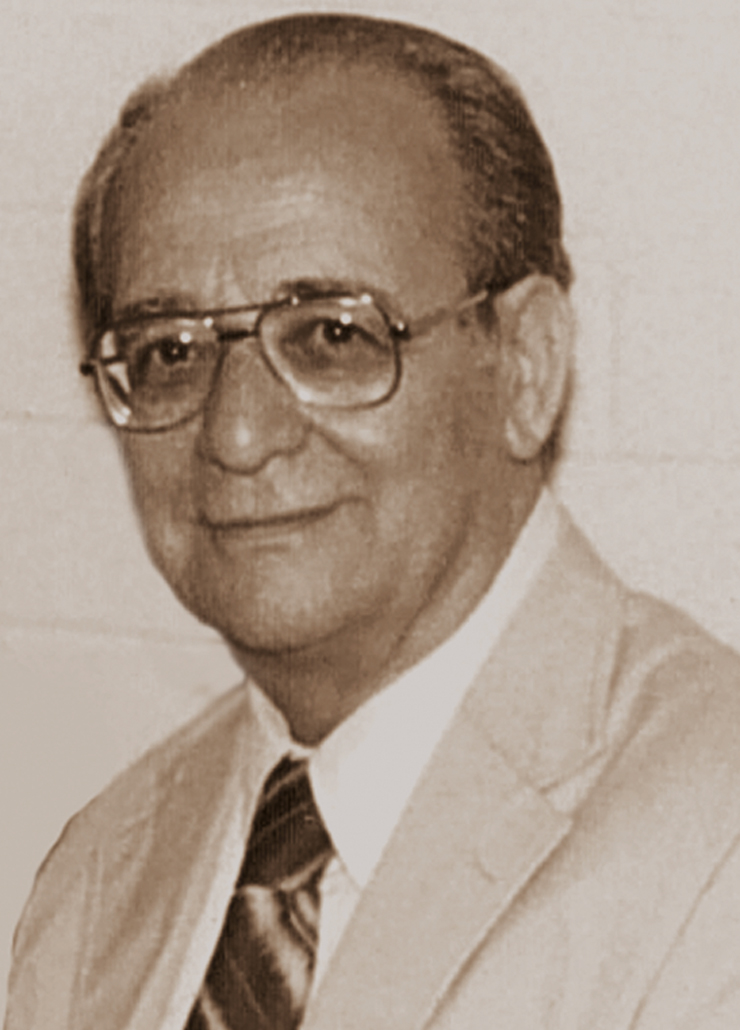
Missak Hairapetian
The decade from the mid-sixties on brought some change to the leadership structure as well as the demographics of the church. In 1964, Brother Baghdasar Ajemian emigrated from Lebanon and served as a lay preacher on Sundays when Rev. Touryan could not be there. Then later in 1973, Brother Missak Hairapetian emigrated from Iran and began assisting Brother Ajemian in leading Sunday services until 1985 when Brother Ajemian moved to Fresno. For a time, Brother Hairapetian took care of the day-to-day pastoral roles of the church and particularly had a heart for reaching young people and restarting the youth ministries of the church.
In the mid 1980s Rev. Dikran Shanlian was serving as associate pastor at the AEBC Pasadena and would often drive Rev. Touryan to Silver Lake. During a few of these Sunday visits, Rev. Shanlian was asked to preach and a short time later was asked to serve as their pastor. The young pastor now had a congregation much older than himself to pastor and a humble budget to grow. Yet Brother Shahbaghlian, Brother Hairapetian and others saw within him a leader the congregation desperately needed and he was ordained as senior pastor in 1988 by Rev. Konsulian, Missak Hairapetian, Antranig Afsharian, Rev. Habib Alajaji, Dr. Yeghia Babikian and the elders of the church.
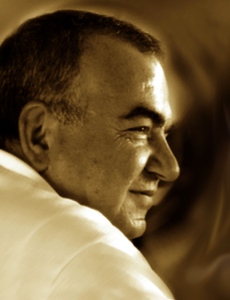
Rev. Dikran Shanlian
A short time later Antranig Afsharian joined AEBC and served alongside Pastor Shanlian for many years as moderator, worship leader and elder. Brother Afsharian was a pillar in the church—unwavering in his commitment to Jesus Christ and always greeting each person he met with a smile. He and his wife Sara Afsharian revived the music ministry of the church as well. Sara Afsharian played the organ and piano for many years while Brother Afsharian led the singing or on some occasions conducted the choir.
In 1987, AEBC started publishing its newsletter, “Բարի Լուր” (Good News). The newsletter began as a monthly publication and in 2018 became a quarterly publication. Each issue features an article written by Pastor Shanlian along with church news and announcements.
In 1996, with God’s grace, a new church plant started Salt Lake City, Utah. Brother Gevork Paronyan, who had served many years as the choir director of the church, moved his family to Utah. With a growing Armenian population in the Salt Lake City area, the Ararat Evangelical Church became a beacon for Christ. After some years, Gevork Paronyan was ordained as the church pastor and even after the church became independent, strong ties continue between pastors and congregants and Pastor Paronyan continues to affectionately refer to AEBC as “mother church”.
Shortly before the church’s 75th Anniversary in 2000, AEBC joined the Armenian Evangelical Union of North America as a member church. Some years later, the Ararat Evangelical Church also joined the fellowship of churches.
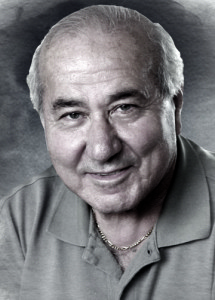
Antranig Afsharian
For many years the pastor and leaders anticipated an eventual move from Silver Lake. Not only had demographics of the Armenian population changed but the current facilities were insufficient for growing ministries. Fundraising efforts were done throughout the years for the building fund–mostly through banquets– and the process of finding a new building proved to be challenging. As the church approached its 80th year, there was even a stronger desire to move to a more suitable facility in a different neighborhood. The following year, in 2006, a new property was located in Glendale on the corner of Lake St. and Thompson Ave., close to the Interstate 5 Freeway. A generous donation from the Baronian Sisters and a loan from the Armenian Missionary Association of North America (AMAA) made possible the purchase of the new church property.
The new Glendale location had both a sanctuary with offices and side rooms as well as a social hall with full commercial kitchen and classrooms. The delivery of the new cupola and baptistery from Jacksonville, Texas on New Year’s Day 2007 marked the beginning of a rigorous five-month renovation project. The last Sunday in May of 2007 was the last service at the London Street location. The following Sunday our doors opened at Lake Street for the first Sunday worship service. The same year also marked the rekindling of our ties with Pacific Church Network (formerly CB Southern California). Pastor Shanlian would work closely with the pastors and churches as well serve on the board of directors for many years.
The new facilities were dedicated in September 2007 with church family, friends and dignitaries. In 2015 AEBC celebrated 90 years of ministry and earlier that year the balance of the loan from AMAA was paid off. In April of 2015 the church also unveiled the Armenian Genocide Centennial Khachkar on church grounds which was commissioned earlier that year. The next five years brought a variety of changes with increase in online ministries, structuring of finances, membership classes, new children’s ministries and a new Saturday Armenian School (Shoghagat) for elementary-age children. In 2017, having retired as the Minister to the AEUNA, Rev. Joseph Matossian joined his good friend and ministry associate at AEBC as an honorary minister. Both pastors visited the Ararat Evangelical Church often and both continued to be very active in the Pacific Church Network. In the early part of 2020 before the global pandemic a new children’s play area was donated in memory of Victoria Shanlian by her children and a beautiful Prayer Garden with iron gazebo was completed while the church was closed to the public. 2020 marked the 95th anniversary of the church and was celebrated quietly and in very different ways than previous major milestones.
Our purpose is to glorify God and our mission is to know Christ and make him known among our people and the communities in which He has placed us.


